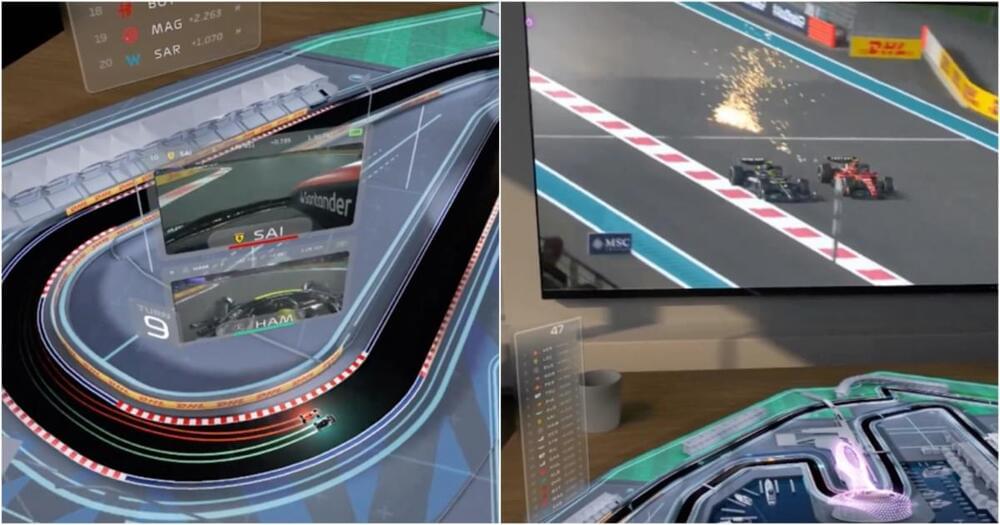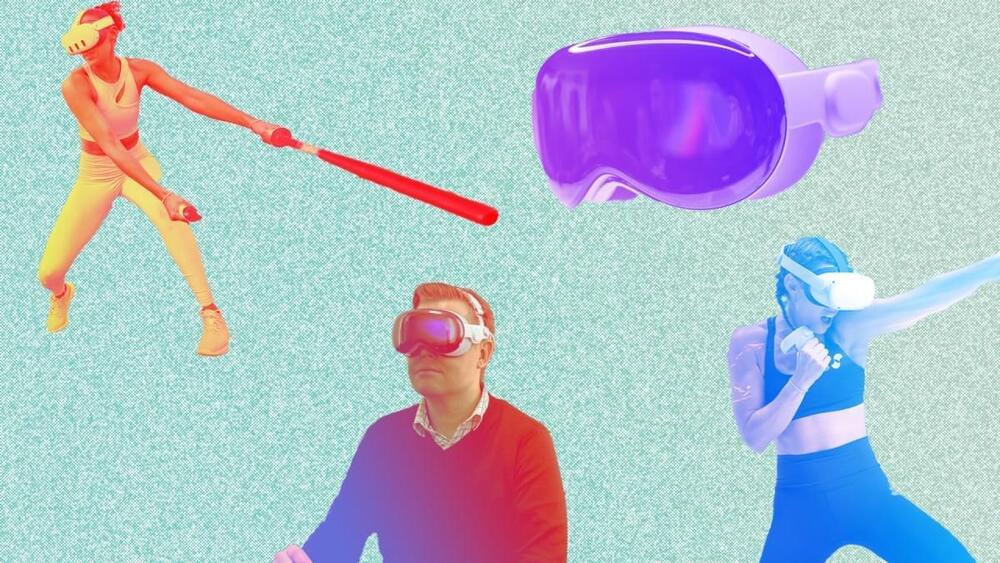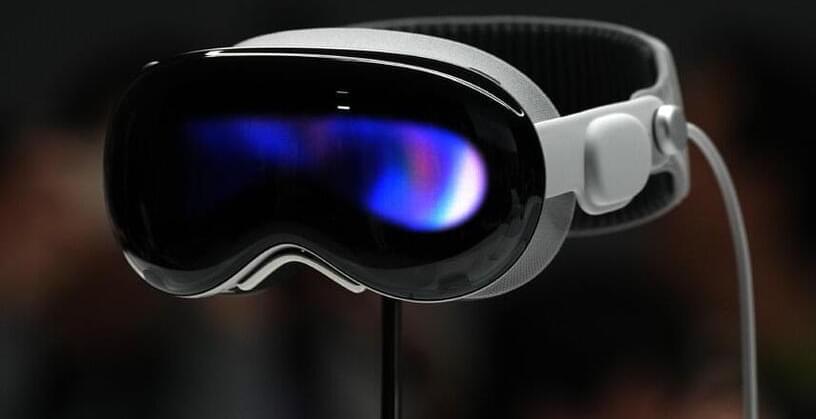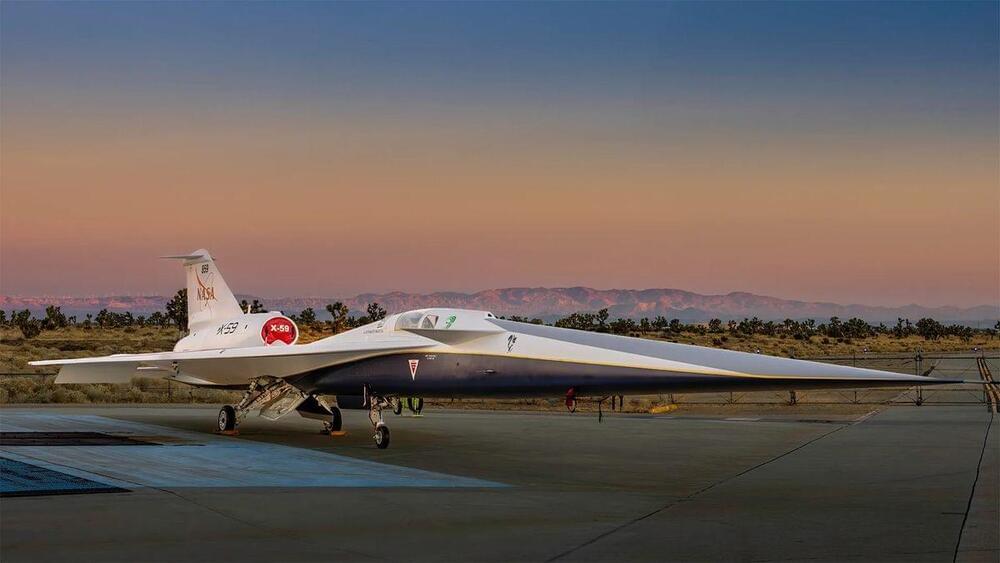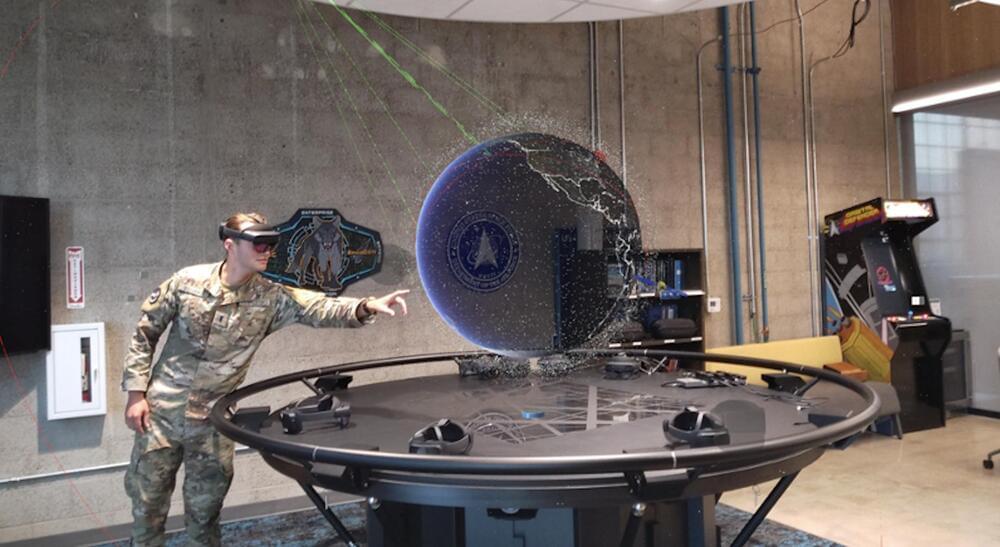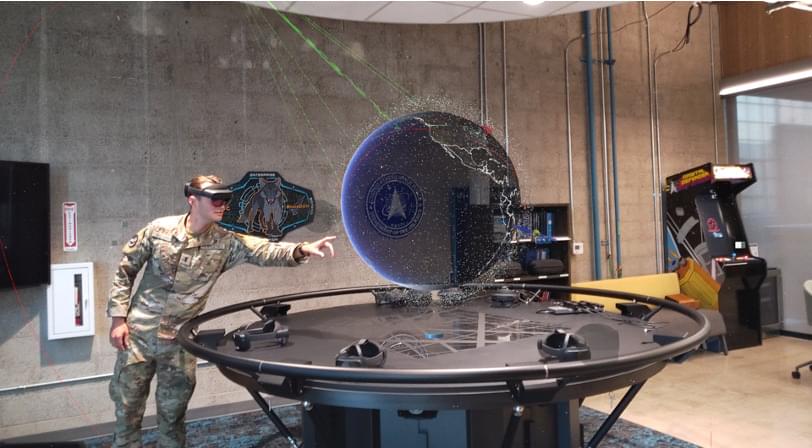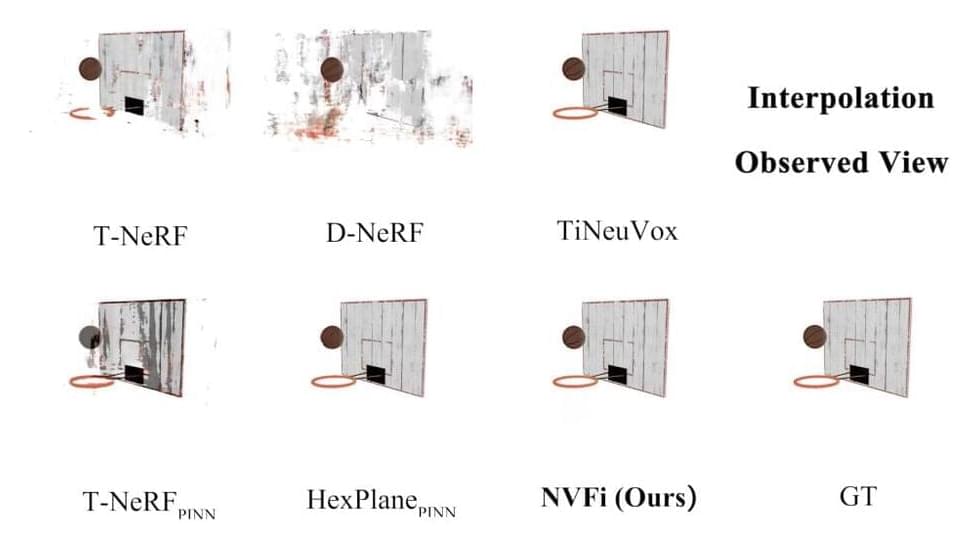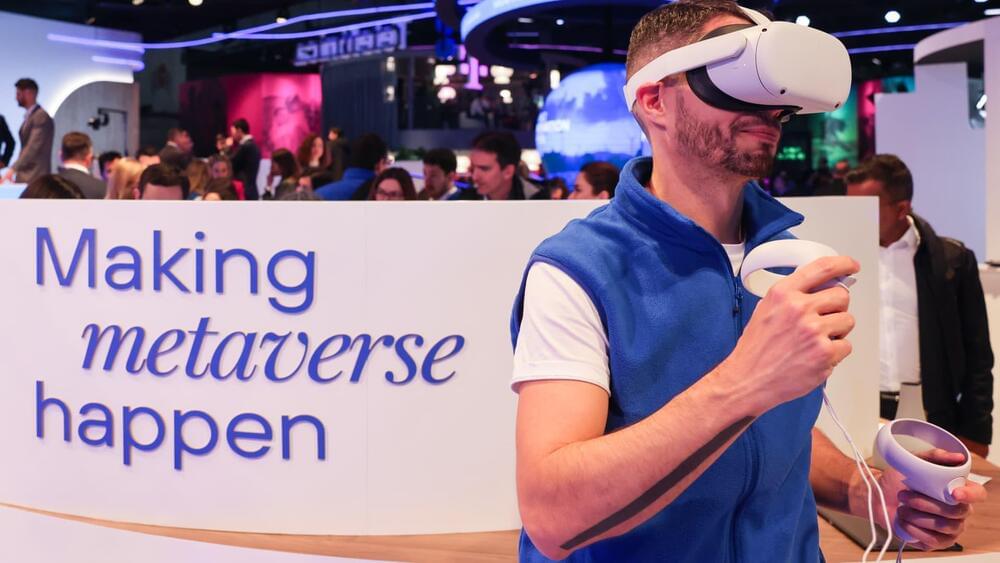Archive for the ‘augmented reality’ category: Page 3
Jan 24, 2024
VR needs to build for its best use cases — not for all-around computing
Posted by Gemechu Taye in categories: augmented reality, computing, health, mobile phones, virtual reality
Apple’s Vision Pro launch resembles its Apple Watch debut in more ways than one, but to me the most telling similarity is in the marketing approach. Apple has striven to distance the Vision Pro from the existing crop of virtual reality (and even mixed reality) devices — many of which are objective failures — by exclusively focusing on the term “spatial computing”; however, the marketing seems focused on identifying a few key use cases it thinks will best drive consumer interest.
The company took the same approach with the Apple Watch, which like its face computer cousin, was more or less a solution in search of a problem when it originally debuted. Apple initially focused on a lot of features the Apple Watch has now actually done away with entirely, including its Digital Touch stuff that was meant to be a new paradigm for quickly communicating with friends and loved ones across distances. In general, it was presented as a relatively robust and full-featured platform nearly on par with the iPhone in terms of future potential.
The intervening years and generations of Apple Watch have seen it grow considerably in terms of pure technical capability and specifications, yet the marketing and focus around the product from Apple’s side has been more economical, spending outsized effort at the areas that seemed to resonate best with users — including health and wellness, and more recently, safety.
Jan 20, 2024
Apple Takes a Humble Approach to Launching Its Newest Device
Posted by Raphael Ramos in category: augmented reality
The Vision Pro augmented reality device goes on sale Friday. Don’t expect Apple to host a splashy event to promote it.
Jan 14, 2024
NASA unveils its revolutionary X-59 Quesst ‘quiet’ supersonic jet (photos, video)
Posted by Genevieve Klien in categories: augmented reality, robotics/AI, transportation
“The first A in NASA stands for aeronautics. And we’re all about groundbreaking aerospace innovation,” Melroy said. “The X-59 proudly continues this legacy, representing the forefront of technology driving aviation forward.”
NASA’s latest X-plane (‘X’ for “experimental”) is the culmination of decades of research and involved radically different manufacturing approaches including new augmented reality systems, robotic drilling and 3D modeling techniques.
“This isn’t just an airplane, this is an X-plane,” Melroy added. “It’s the manifestation of a collaborative genius.”
Jan 9, 2024
Space Force inks deal with Microsoft for mixed reality training
Posted by Saúl Morales Rodriguéz in categories: augmented reality, military, space
WASHINGTON — The U.S. Space Force has inked a $19.8 million deal with Microsoft to develop a virtual and mixed-reality training environment. This agreement positions the tech giant in the burgeoning military simulation market and expands its Azure cloud’s reach into space applications.
The one-year contract announced Jan. 5 is to continue work on an augmented reality space simulation tool that Microsoft started developing last year for the Space Systems Command in Los Angeles.
Dubbed the Integrated, Immersive, Intelligent Environment (I3E), the system features Microsoft’s HoloLens headsets, Azure cloud platform, and a mesh framework for building shared AR experiences. Together, these technologies enable an interactive model of space with accurately scaled orbital objects that users can manipulate in real time.
Jan 9, 2024
Space Force taps Microsoft to build cloud-based, simulated space environment
Posted by Genevieve Klien in categories: augmented reality, space
The Space Force announced Friday that it has given Microsoft a contract to continue work on a simulated environment where guardians can train, test new capabilities and interact with digital copies of objects in orbit.
Under the $19.8 million, one-year contract from Space Systems Command (SSC), Microsoft will develop the Integrated, Immersive, Intelligent Environment (I3E) — an augmented reality space simulation powered by the company’s HoloLens headsets. The training tool is a successor to the service’s Immersive Digital Facility (IDF) prototype developed in 2023, according to a press release.
The contract period began Dec. 1, and the deal includes a reserved scope for an additional three years of work, per the release.
Jan 5, 2024
Square Enix plans ‘aggressive’ use of AI to create new forms of content
Posted by Saúl Morales Rodriguéz in categories: augmented reality, business, robotics/AI, virtual reality
Generative AI provoked a lot of discussion last year around images, text and video, but it may soon affect the gaming industry as well. Square Enix said it plans to be “aggressively applying” AI and other cutting-edge tech in 2024 to “create new forms of content,” according to president Takashi Kiryu’s New Year’s letter.
“Artificial intelligence (AI) and its potential implications had for some time largely been subjects of academic debate,” he said. “However, the introduction of ChatGPT, which allows anyone to easily produce writing or translations or to engage in text-based dialogue, sparked the rapid spread of generative AIs. I believe that generative AI has the potential not only to reshape what we create, but also to fundamentally change the processes by which we create, including programming.”
The company will start by using it to improve productivity in development and assist in marketing. “In the longer term, we hope to leverage those technologies to create new forms of content for consumers, as we believe that technological innovation represents business opportunities,” Kiryu added. Square Enix also plans to build more immersive AR and VR experiences, including “new forms of content that fuse the real world and virtual worlds.”
Dec 20, 2023
These minuscule pixels are poised to take augmented reality by storm
Posted by Gemechu Taye in categories: augmented reality, virtual reality
LEDs and their organic counterparts are getting truly tiny. This could be the moment AR and VR companies have been waiting for.
Dec 19, 2023
This AI Paper Introduces a Groundbreaking Method for Modeling 3D Scene Dynamics Using Multi-View Videos
Posted by Dan Breeden in categories: augmented reality, physics, robotics/AI
NVFi tackles the intricate challenge of comprehending and predicting the dynamics within 3D scenes evolving over time, a task critical for applications in augmented reality, gaming, and cinematography. While humans effortlessly grasp the physics and geometry of such scenes, existing computational models struggle to explicitly learn these properties from multi-view videos. The core issue lies in the inability of prevailing methods, including neural radiance fields and their derivatives, to extract and predict future motions based on learned physical rules. NVFi ambitiously aims to bridge this gap by incorporating disentangled velocity fields derived purely from multi-view video frames, a feat yet unexplored in prior frameworks.
The dynamic nature of 3D scenes poses a profound computational challenge. While recent advancements in neural radiance fields showcased exceptional abilities in interpolating views within observed time frames, they fall short in learning explicit physical characteristics such as object velocities. This limitation impedes their capability to foresee future motion patterns accurately. Current studies integrating physics into neural representations exhibit promise in reconstructing scene geometry, appearance, velocity, and viscosity fields. However, these learned physical properties are often intertwined with specific scene elements or necessitate supplementary foreground segmentation masks, limiting their transferability across scenes. NVFi’s pioneering ambition is to disentangle and comprehend the velocity fields within entire 3D scenes, fostering predictive capabilities extending beyond training observations.
Researchers from The Hong Kong Polytechnic University introduce a comprehensive framework NVFi encompassing three fundamental components. First, a keyframe dynamic radiance field facilitates the learning of time-dependent volume density and appearance for every point in 3D space. Second, an interframe velocity field captures time-dependent 3D velocities for each point. Finally, a joint optimization strategy involving both keyframe and interframe elements, augmented by physics-informed constraints, orchestrates the training process. This framework offers flexibility in adopting existing time-dependent NeRF architectures for dynamic radiance field modeling while employing relatively simple neural networks, such as MLPs, for the velocity field. The core innovation lies in the third component, where the joint optimization strategy and specific loss functions enable precise learning of disentangled velocity fields without additional object-specific information or masks.
Dec 19, 2023
VR market keeps shrinking even as Meta pours billions of dollars a quarter into metaverse
Posted by Kelvin Dafiaghor in categories: augmented reality, virtual reality
Despite the company’s commitment to making its founder’s dream come true, the virtual reality market is contracting.
Sales of VR headsets and augmented reality glasses in the U.S. plummeted nearly 40% to $664 million in 2023, as of Nov. 25, according to data shared with CNBC by research firm Circana. That’s a much steeper drop than last year, when sales of AR and VR devices slid 2% to $1.1 billion.
The two-year decline underscores Meta’s continuing challenge in bringing the immersive technology out of a niche gaming corner and into the mainstream. While Zuckerberg said, in announcing Facebook’s pivot to Meta in late 2021, that it would likely take a decade to reach a billion users, he may need to start showing more optimistic data to appease a shareholder base that’s been critical of the company’s hefty and risky investments.
